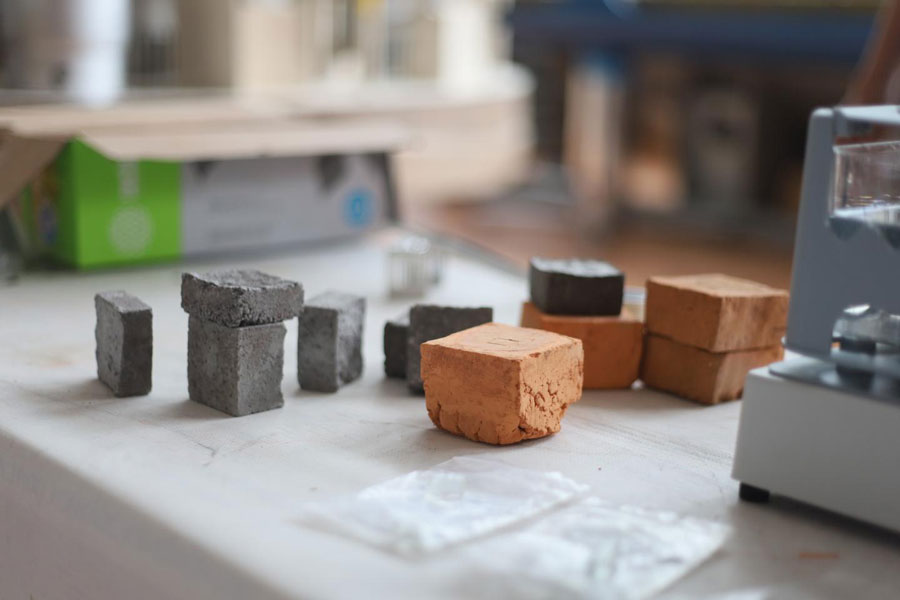Reducing ionising radiation brick-by-brick
Clay bricks that can attenuate ionising radiation to a level safe for the human body could be used in nuclear power plants, radioactive waste storage facilities, and for biomedical X-ray equipment and irradiating devices.

‘Bricks are a relatively cheap and convenient material with which we can quickly erect protective rooms, structures [and] walls around objects with radiation,’ says Oleg Tashlykov, Associate Professor of the Department of Nuclear Power Plants and Renewable Energy Sources at Ural Federal University (UrFU), Russia.
‘By adding crushed absorbers of ionising radiation to the matrix, in this case from clay, we obtain building materials with the desired protective properties…[and] find a way to utilise industrial waste.’ The bricks are alloyed with heavy metals wastes with radiation-protective properties.
The study, published in Atomic Energy, outlines how computational and experimental methods are used to test a homogenous composition based on a polymeric binder, filler, plasticiser and technological additives, with barite, lead and tungsten at a concentration between 20-90%.
‘The technology makes it possible to obtain high-quality material with the desired concentration of fillers based on the isotopic composition of the radioactive contamination,’ the paper reads.
This provides the basis for predicting protection against mixed neutron and γ-radiation at the optimum absorber concentration using computational codes and simulation.
The paper reports that the computational model used includes a cylindrical source of γ-radiation, a γ-ray detector in the form of a 20mm diameter sphere, filled with a material similar in composition to human tissue, and protective material in the form of a square plate with definite thickness.
This work is combined with experimental research at the reactor plant at the Institute of Reactor Materials of the State Corporation ‘Rosatom’, as well as using the production technologies at the Sealing Materials Plant in the Nizhny Novgorod Region, Russia.
The researchers are now working on computational validation of the optimal composition and plan to further study the mechanical and radiation-protective parameters of various natural substances, including those common in Turkey, Egypt and Bangladesh, where nuclear power plants are being built with input from Russian specialists.







